The Epic Walking Tours Greenwich Village Variety Walking Tour includes stops at Cafe Wha? and the Bitter End, and the former locations of the Gaslight Cafe and the Village Gate. The historical content in this article was retrieved from New York newspaper articles, interviews, and recordings of live performances from 1958-1996.
In the 1960s, an unknown rock poet, singer, and guitar player from Freehold, New Jersey, was performing as a solo artist and with his high school band, The Castiles, at Cafe Wha? (Wha) on Macdougal Street in Greenwich Village, New York. A few years later, a line of fans that stretched from 15 West 4th St. to Washington Square Park in the Village waited to see him for a performance at the Bottom Line. While it took a decade for the world to discover the talented small-town singer, with the release of Born to Run in 1975, Bruce Springsteen became a global star. Like many legends who entertained in the marble-tiled basement on Macdougal, the cafe’s visionary founder helped launch his career.
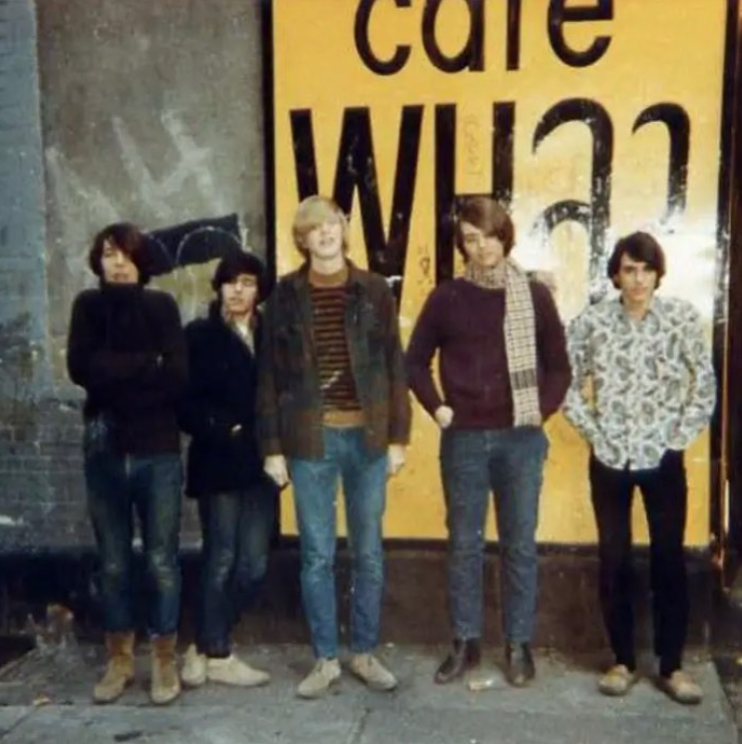
After serving as a bomber in World War II, music entrepreneur Manny Roth landed in New York City. Affectionately known as “the Duke of Macdougal” for opening a music coffee club on the famous strip, the area has been a hot spot for rising talent since the 1950s. Still thriving today, Roth’s ground-breaking cafe is a short walk south of Washington Square Park on the New York University (NYU) campus.
The city named the street after Alexander MacDougall, one of the founders of the Sons of Liberty, a military leader in the American Revolution, New York’s representative at the Continental Congress, a close friend of Alexander Hamilton, and a direct report to George Washington. With that backdrop, it is only fitting that Roth made history at this location when he opened Wha in 1959.

In 1960, the running joke was that Cafe Wha? was missing the “t” from its name because all the beats drank espresso instead. Sandwiched between the iconic Cafe Reggio and Minetta Tavern, Cafe Wha? turned to coffee-related drinks to fend off legislative efforts that sought to limit the serving of alcohol. The club got its name from Manny’s grandmother, a Russian-Jewish immigrant who arrived in the United States in 1913. She struggled with English and thus often used the expression “Wha?” Her grandson (Manny’s nephew), Van Halen’s David Lee Roth, fondly remembers his grandmother using the expression.
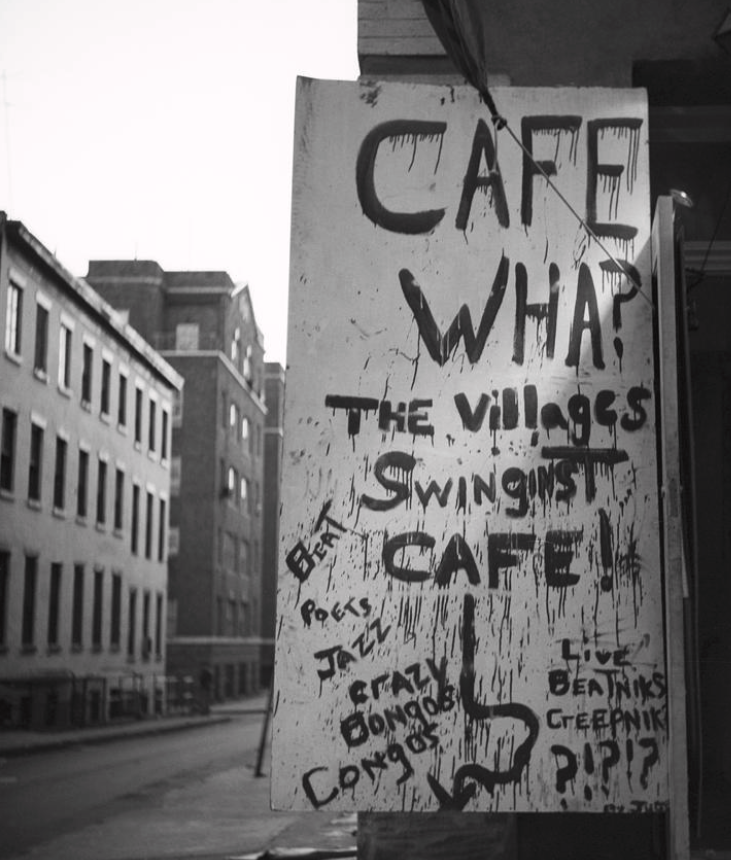
Roth and his college friend Art D’Lugoff landed on the Village music scene in the 1950s as genres like hard bop jazz, rock, and salsa took center stage. Musical acts drew national attention on shows like Ed Sullivan as music hit its zenith. Roth took pride in his folk club and reputation as the “King of the Hippies.” D’Lugoff, a self-proclaimed bohemian, founded the Village Gate down the street on Bleeker in 1958. (The old friends teamed up for one last hurrah in 1989 to reopen the legendary West End Cafe as the West End Gate on 113th and Broadway.)

The New York City Cabaret Law passed in 1926. It banned dancing, playing instruments, and singing in places open to the public that sold food or drinks unless they had a cabaret license. The law required clubs to have a liquor license before they could get a cabaret license, and all employees had to be fingerprinted and photographed. The licenses were expensive, and the city allegedly blocked certain clubs and performers from obtaining them. The city claimed the licenses were a means to deal with noise complaints, but club owners and performers frequently disagreed.
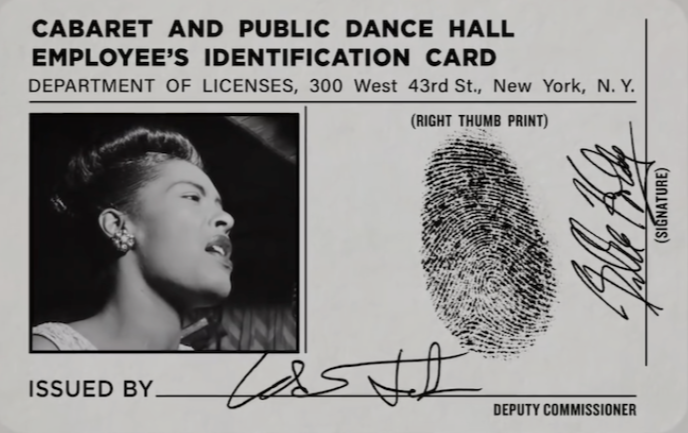
Roth, a vocal opponent of New York’s cabaret laws, which still existed in the 1950s, dedicated himself to protecting the industry from the wrath of politicians eager to control music’s influence. Roth’s friend, Johnnie Mitchell, owned the Gaslight Cafe across the street on Macdougal. One night, the local coffee house owners joined forces to protect the Gaslight when they heard the fire department was heading over to close it down. They boarded themselves inside the Gaslight to prevent entry. Johnnie did not have a cabaret license, and due to the noise complaints, guests had to snap their fingers instead of clapping to keep quiet. The Gaslight Cafe was featured in the series The Marvelous Mrs. Maisel.

Roth and D’Lugoff helped launch the careers of many of the country’s most famous comedians and musicians who performed at their venues, including Dick Cavett, John Coltrane, Thelonious Monk, Duke Ellington, Miles Davis, Kool & the Gang, and Peter, Paul, and Mary. Mary Travers waited tables at Wha before joining the band Peter, Paul, and Mary. Roth managed Richard Pryor at the start of his career. D’Lugoff gave Bob Dylan songwriting advice when he arrived in the Village, but his voice was not good enough to perform at the Village Gate. Dustin Hoffman waited tables, Woody Allen performed comedy, and Aretha Franklin sang there. When D’Lugoff opened Top of the Gate on the upper floor in 1964, he spotted two talented performers, John Belushi and Chevy Chase, who became regulars. Much of the material they developed at Top of the Gate later made its way onto Saturday Night Live.
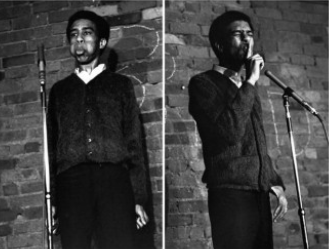
Roth provided a stage for many of the country’s most famous entertainers. One of his most significant contributions came the day a U.S. Army veteran showed up at his door. The veteran had enrolled in the U.S. Army at 16 years old in 1958. His military career ended after he suffered a back injury during a parachuting exercise. He turned to singing in the following years.
Village folk singer Richie Havens, who later performed an iconic opening guitar performance at Woodstock in 1969 with his timeless song “Freedom,” suggested to his veteran friend that he try performing at Wha, where a 19-year-old Bob Dylan had started in 1961. Havens called Roth to tell him about the young man’s guitar skills.
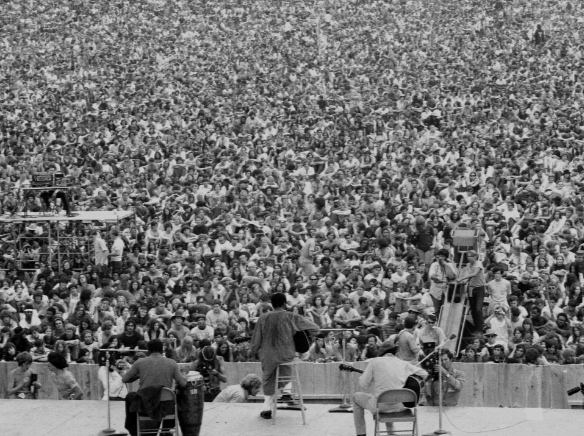
Havens’ manager was the legendary Albert Grossman, who also managed Bob Dylan. Havens saw what Grossman did with Dylan, who also performed at Cafe Wha? along with Havens, and suggested his friend follow the same path, given the rise of rock in the Village at the time. Havens taught him how to play a song written by Dylan, All Along the Watchtower. Roth hired the guitarist in the 1960s to play five sets a night for six nights per week. Delivering his first live performance at Wha, he was so new to the scene that most of his earnings came from tips. But from that moment on, Jimi Hendrix never turned back.
According to the Daily News in 1969, Michael Jeffery, the manager of the English rock band The Animals, saw Hendrix perform as the frontman for Jimi James and the Blue Flames in September 1966 at Wha, and, after watching a few more performances, invited him to England. Hendrix and Jeffery auditioned musicians to create the Jimi Hendrix Experience. In later years, news reports credited the Animals’ bassist, Chas Chandler, with discovering Hendrix two months earlier. Regardless, they both wound up managing him.
A few weeks after Hendrix left Wha, he performed at the Olympia in Paris on October 18, 1966, and drew global praise. Hendrix chose Mitch Mitchell and bassist guitarist Noel Redding to join the Experience, and soon, the group drew bigger crowds than the Beach Boys. With hits like “Hey Joe,” “Purple Haze,” “The Wind Cries Mary,” “Foxey Lady,” and “All Along the Watchtower,” the group began selling out every location.
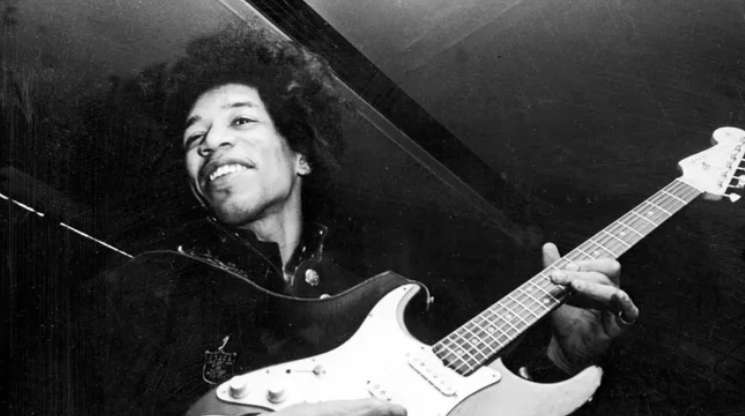
Jeffery signed the Experience with Warner Bros. for the largest-ever contract for a new group. Their first LP in September 1967, “Are You Experienced?”, soared to the top 10 on the Billboard charts. In the following years, Jimi Hendrix became widely regarded as the industry’s most talented guitarist, and All Along the Watchtower became one of the most popular songs in music history.
In addition to visiting Wha, the Epic Walking Tours Greenwich Village Variety Walking Tour also stops at Hendrix’s iconic music studio, Electric Lady Studios, which he opened on 8th Street in the Village in 1970, a few months before he died.
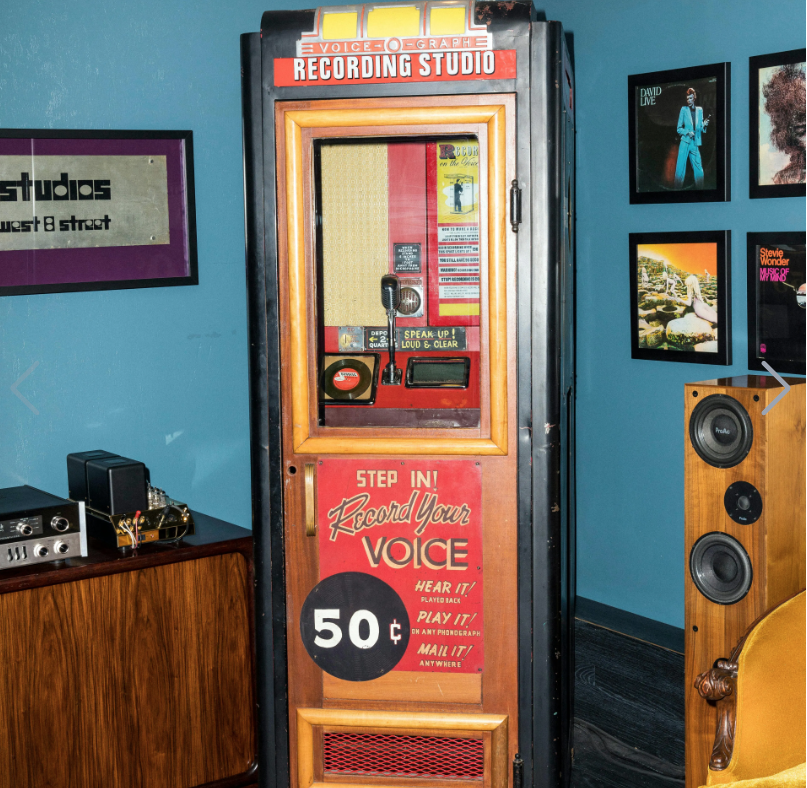
Wha was also the launching pad for many of the country’s most successful comedians. On June 30, 1974, the New York Times interviewed Robert Klein about his start in comedy. In the 1960s, “Comedians were pariahs. The folk boom,” Klein said. “Everything was chunk‐a‐plunka‐plunk‐a on the old acoustic. I went down to the Village a few Monday nights in the fall of 1963 to try out the Cafe Wha?—Monday was hootenanny night. I did well a few nights, and Manny Roth, who owned the place then, told me, ‘Hey, you’re good enough to go to the Bitter End.’ He actually meant the Bitter End’s hootenanny night, which happened to fall on Tuesday. There was a hootenanny hierarchy. At the Bitter End, I did even better. The first two or three times, the audience laughed and howled and gave me a tremendous ovation. After the first week, I was so cocky, killing them like that, that I went up to the manager and said, ‘Say, who books the regular acts around here?’” Wha also offered early audiences to comedians Woody Allen, Lenny Bruce, Joan Rivers, and Bill Cosby.
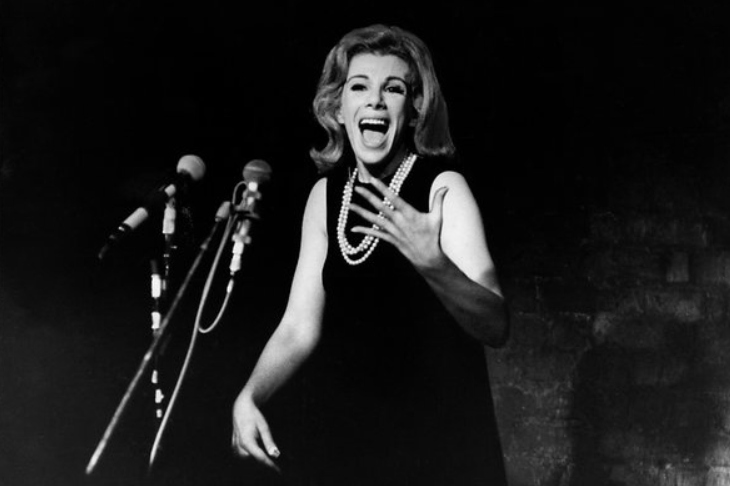
Interested in what is happening at Cafe Wha? today? Check out this interview with the cafe’s Director of Musical Operations, Hap Pardo.
Andrew Kirschner is a licensed New York City sightseeing tour guide and the founder of Epic Walking Tours, which offers historic walking tours in Greenwich Village.

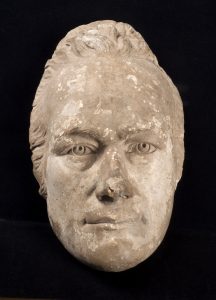
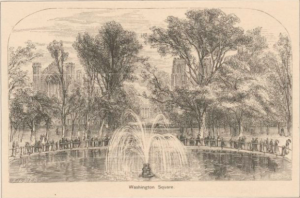
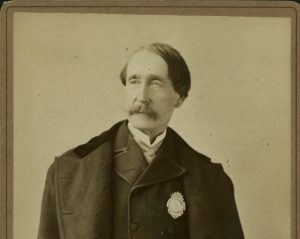
One Response
FYI–The legendary singer-songwriter Fred Neil (“Everybody’s Talkin'” “The Dolphins” “Little Bit of Rain”) ran the Cafe Wha? afternoon hootenannies (open mic shows) along with Lou Gossett, Jr. (who just passed away) in early 1961. (There are ads in the February-May 1961 issues of the Village Voice that back this up). Bob Dylan was told to look up when he got to the Village. He did. Dylan’s first gig in the Village was playing harmonica behind Fred at the Cafe Wha? Not The Gaslight Cafe. You can find a famous Fred McDarrah photo on-line of Dylan, Karen Dalton, and Freddie on stage at the Cafe Wha? “Fred was a gentleman. He shared the basket with Dylan,” Joe Marra, owner of the Night Owl Cafe on West 3rd, told me in October of 2012. Dylan called him an emperor and said, “No one could touch him.” In addition, John Sebastian (The Lovin’ Spoonful, “Summer in the City,” “Welcome Back” Theme from the Television’s Welcome Back, Kotter) told me that Fred gave Richie Haven’s a guitar and said, “Learn a few chords, get on stage, and sing. You can do this.” Fred was tired of hearing Richie singing harmony with him from the audience on his songs. I apologize for the length. I thought maybe you would find this of some interest.